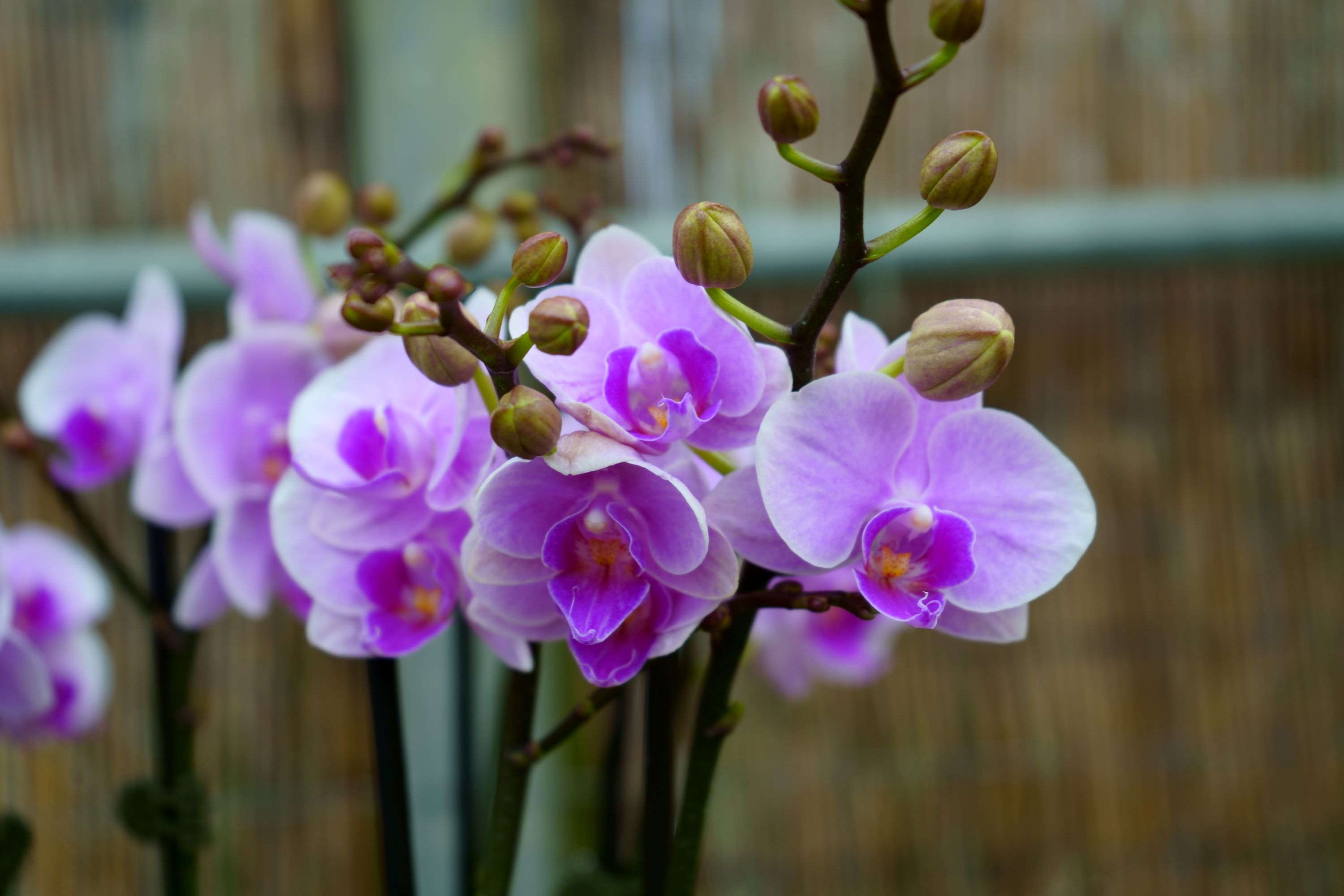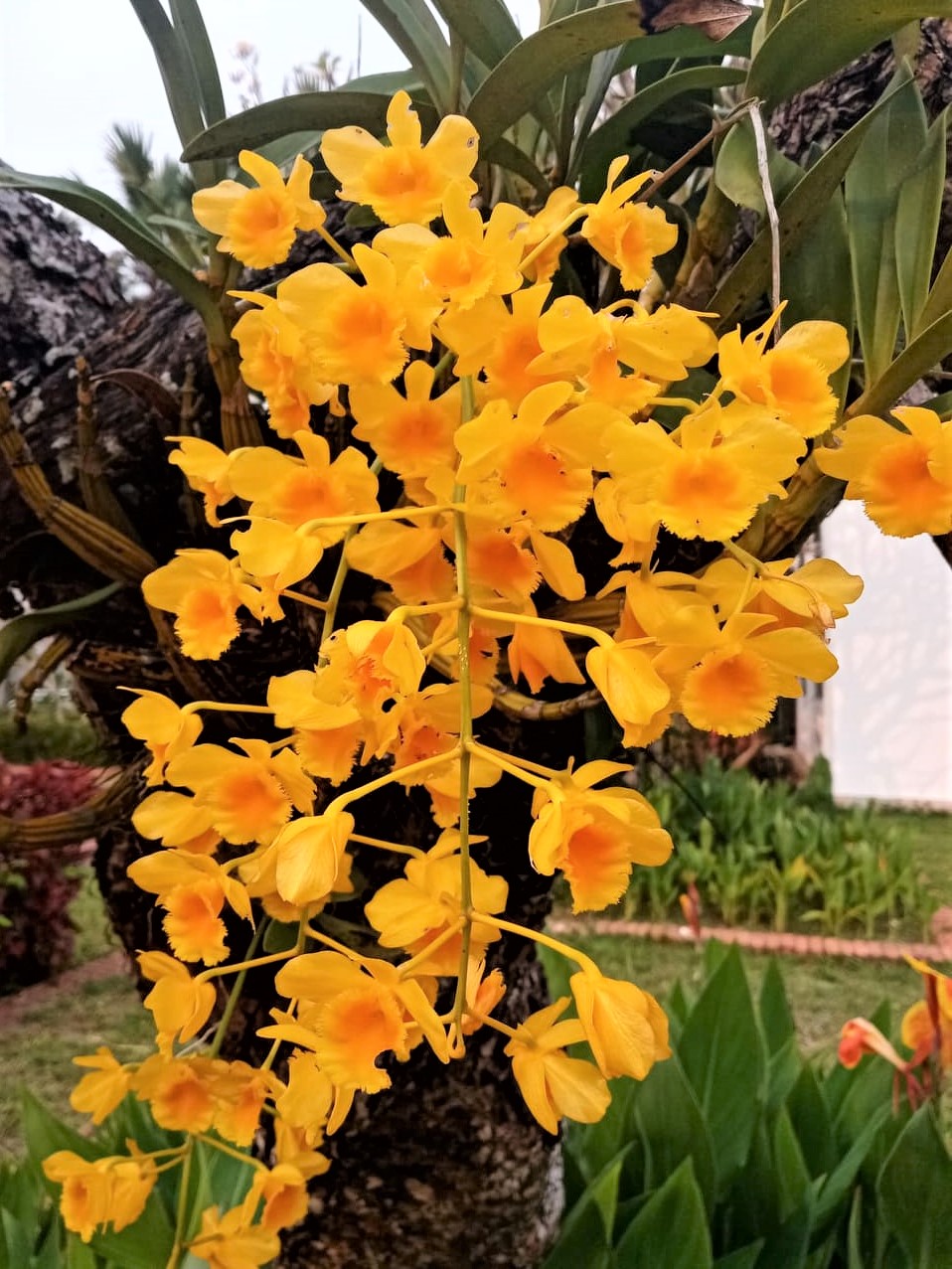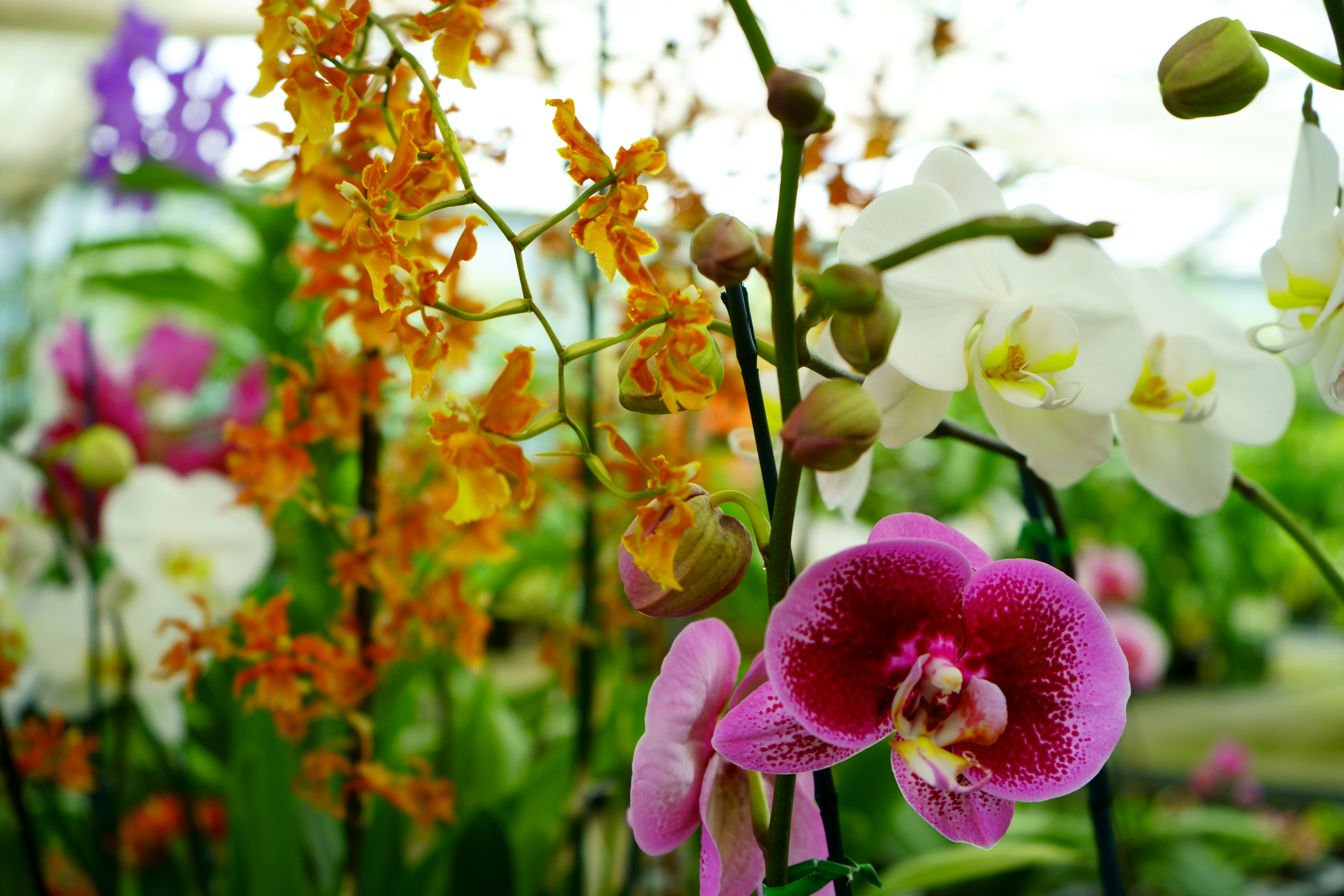- Home
- Orchid Watering Basics
- How to Grow Orchids in Water
How to Grow Orchids in Water
Growing orchids in water, also known as water culture, is an advanced technique in orchid care that is not recommended for beginners. It is important to have some experience with growing orchids before attempting this technique. There are different methods of growing orchids in water, such as full water culture, semi-water culture, and semi-hydroponic, each with a slightly different technique. In full water culture and semi-hydroponic water culture, the roots always have a reservoir of water, while in semi-water culture, the roots are soaked in water for a period of time and then allowed to dry out. Some orchids will do well in water culture, while others will not. This may depend on the species of orchid, the climate environment, or the health of the orchid.
Water culture may be a good solution for busy people or those who travel a lot and have limited time to care for their orchids. However, there is a learning curve to growing in water culture, and it is best to start with one plant as you learn the process. To transition to water culture, start by removing as much of the growing medium as possible from the roots and pruning any dried or dead roots. Allow the roots to heal for a day or two before placing them in water culture.
 Photo Credit: Mark Curran
Photo Credit: Mark CurranThe Container for Growing Orchids in Water
When transferring to a water culture container, select a clear glass container or vase that gently supports the orchid and allows the roots to stretch out. Choose a container that will support your orchid without putting stress on any part of the plant. The container should be deep enough to allow the roots to stretch out without being crowded or curling around the bottom. Start by submerging the tips of the roots in a small amount of water, and gradually increase the water level depending on the plant's needs. Monitor the orchid closely during the first few days to the first few weeks, observing how it responds to the transition.
When growing orchids in water culture, it is recommended to change the water weekly and use a non-urea based fertilizer recommended for orchids. When replacing the water, use a 1/4 strength solution of water/fertilizer mix. Most fertilizers recommend a monthly feeding, so divide the recommended dosage by 4 for weekly feeding. Remember to observe the roots and leaves for any signs of stress or damage, and adjust the water level or fertilization accordingly.
Growing Orchids in Water with Kelp
When growing orchids in water, kelp can be a very beneficial addition to your fertilizing regimen. If you have been struggling with getting an orchid to rebloom, applying Kelp fertilizer occasionally may help to promote the growth of a flower spike and result in blossoms.
Kelp is a type of seaweed that provides many benefits to plants. It is an excellent source of micronutrients such as iodine, iron, zinc, and copper, as well as macronutrients such as nitrogen, phosphorus, and potassium. Kelp also contains natural growth hormones called auxins and cytokinins, which help stimulate plant growth and development.
If you cultivate orchids in water and already have a regular practice of replacing your water and fertilizer solution on a weekly basis, consider replacing the fertilizer solution with a Kelp and water solution once a month to every two months for advantageous effects. We recommend adding Kelp once a month for two to three months before your orchid's natural flowering season.
Light and Temperature Requirements
Orchids like bright light but not direct sunlight. Orchids in nature grow in the shade canopy of trees, so choose a location for your orchid near a window that gets a lot of light, but where your orchid will not get direct sunlight. Many orchids can tolerate direct sunlight in the very early hours of the morning or late evening when the rays of the sun are not as intense. If you cannot find the perfect location for your orchid, you can always place it in a location where it is supplemented with artificial light.
Many orchids in cultivation originate from tropical regions of the planet. Different genus and species like different temperature ranges but in general prefer temperatures of 70°-85° Fahrenheit (21°-30° Celsius) Avoid placing your orchids in drafty or cold areas as orchids can be sensitive to rapid temperature fluctuations.
For more information on grwoing orchids in water culture, check out Danielle's Orchid Ranch channel on YouTube, which offers a number of useful tutorials on this topic. In summary, growing orchids in water culture is an advanced technique that requires experience with orchid care. By taking a few key steps during the transition, such as cleaning the roots and pruning dead ones, and selecting an appropriate container, orchids can thrive in this technique. It is important to monitor the plant closely and adjust the water level and fertilization accordingly.



